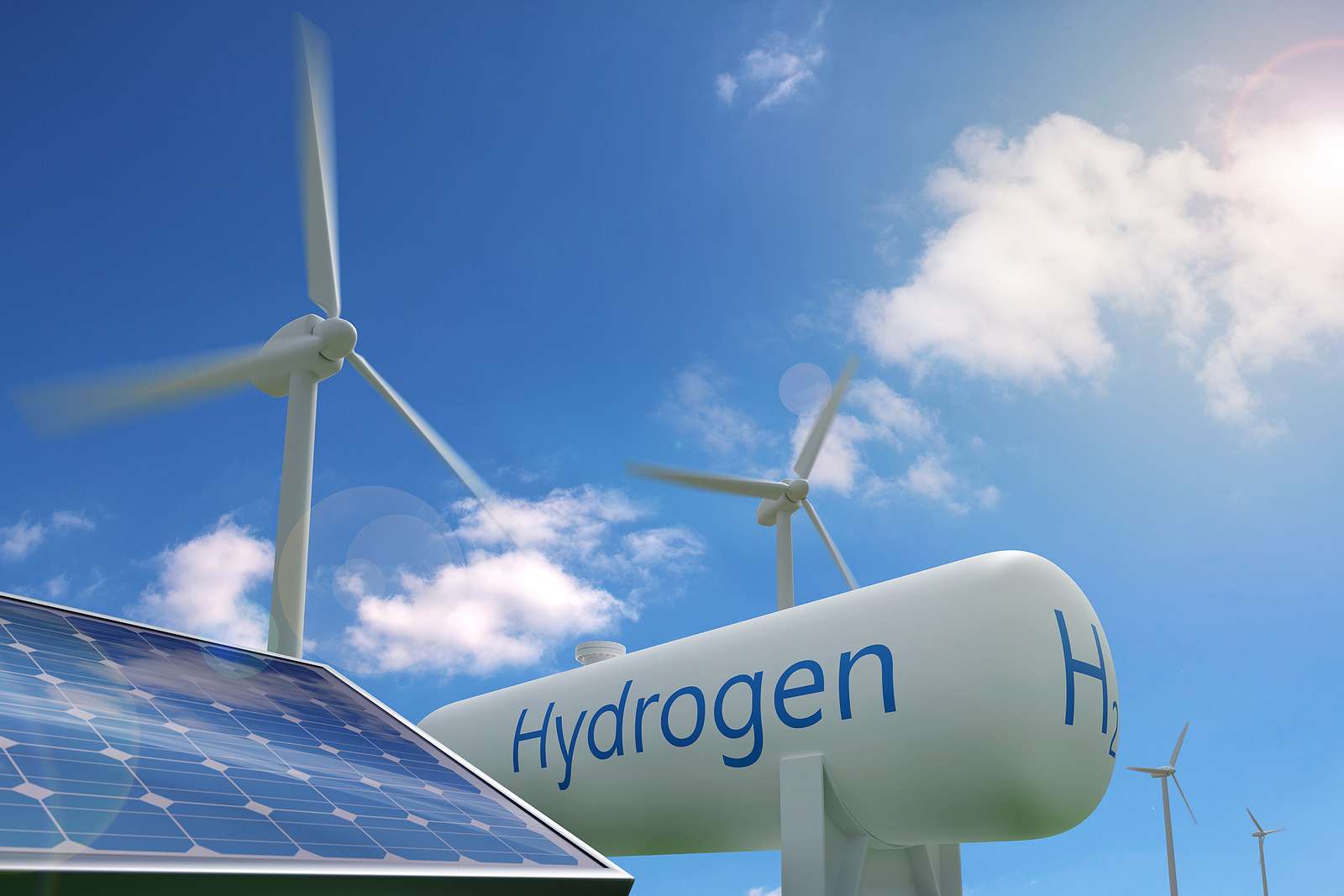
Namibia stands at a crucial juncture in its energy development, with experts advocating for a shift towards solar and wind energy as the primary sources of power. Citing cost-effectiveness and resilience in the face of climate change, recent energy investment studies conducted by TMP Public Consultancy, a UK consultancy, emphasize the importance of embracing solar and wind technologies as the cornerstones of the country’s energy future.
According to the study, by the year 2030, solar and wind energy, combined with energy storage, should constitute 70% of Namibia’s installed capacity, and this share is projected to grow to an impressive 77% by 2040. The report highlights the financial and sustainability advantages of solar and wind over hydropower alternatives, making a compelling case for their swift implementation.
One of the key benefits of solar and wind energy lies in their lower financial costs when compared to large-scale hydropower projects. The study points out that solar and wind projects can be developed more rapidly, often within two years, providing electricity at significantly reduced costs. Moreover, they can be more easily integrated into existing land uses, such as agriculture or mining, due to their modular nature, reducing the need for extensive grid infrastructure.
On the other hand, the report raises concerns about the viability of pursuing large hydropower projects, particularly highlighting the Baynes project. The Baynes Hydroelectric Power Station, a 600-megawatt hydroelectric power plant located at Namibia’s northwest border with Angola, carries a substantial construction budget of US$1.2 billion. However, the study reveals that the project is susceptible to delays due to high social and environmental risks, potentially leading to setbacks of up to 14 years.
The cost comparison between the Baynes project and existing domestic wind and solar alternatives also raises concerns about energy affordability for Namibia’s population. The report indicates that electricity from Baynes is projected to cost significantly more than existing local wind and solar alternatives, potentially burdening energy consumers with higher costs.
In light of these findings, the TMP report strongly advocates for a transition towards solar and wind energy as Namibia’s preferred power sources. These renewable technologies offer not only cost-effectiveness but also shorter development timelines and reduced social and environmental risks, making them the ideal choice for a sustainable energy future in the country.
The move towards solar and wind energy aligns with global efforts to combat climate change and reduce carbon emissions. By harnessing the abundant solar and wind resources available in the region, Namibia can significantly decrease its dependence on traditional fossil fuels and pave the way towards a greener and more sustainable energy landscape.
As the Baynes project looms on the horizon with its anticipated commencement in 2023, the government and energy authorities in Namibia face a critical decision that will shape the nation’s energy trajectory for years to come. By prioritizing solar and wind energy, Namibia can seize the opportunity to lead the charge towards a cleaner and more prosperous future, fostering energy security and resilience in the face of climate challenges.
Stay updated with the latest farming tips and agriculture industry news from Africa by subscribing to our newsletter. Don’t miss out on valuable insights and updates. Follow us on Twitter, LinkedIn, and Facebook to join our farming community and stay connected with us.



















